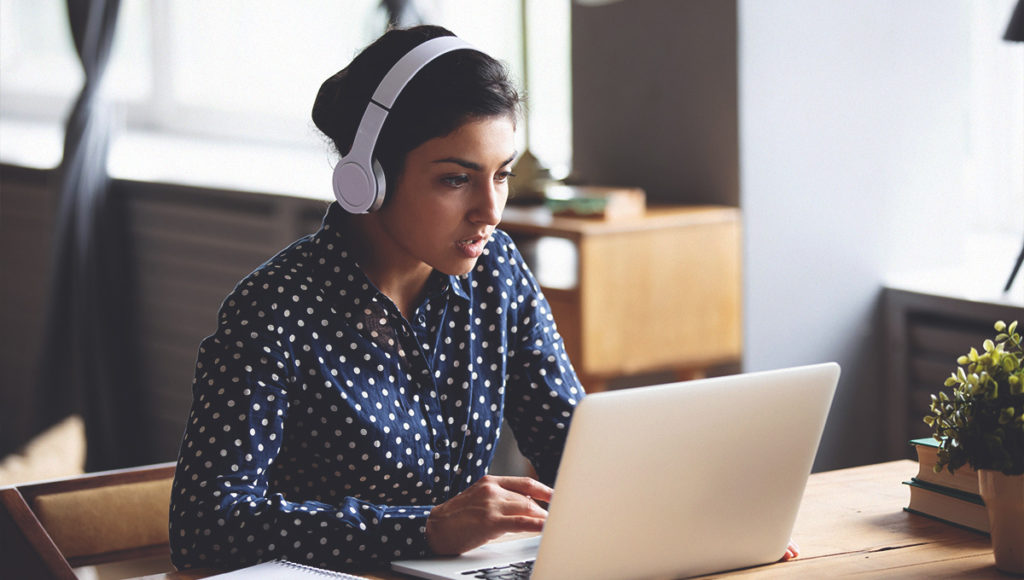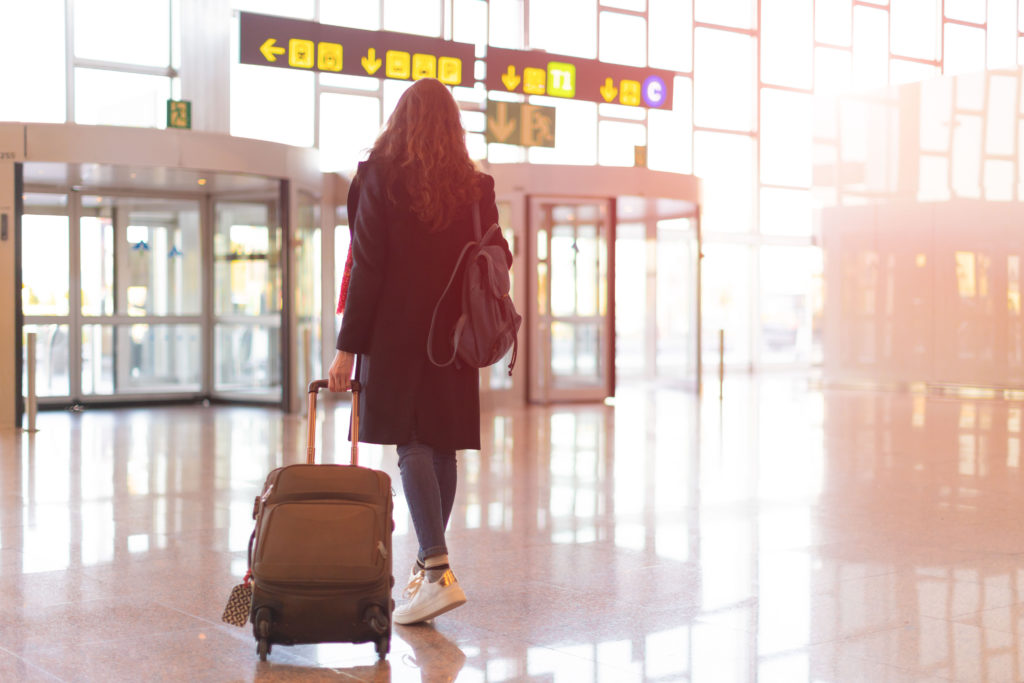You’ve found your dream course, decided which Australian city you’ll settle in, and now you’re already starting to think about the application process.
There are a few important factors to consider when putting together your student visa application, from choosing the right institution to health and character requirements, and proof of finances. While it may seem a little daunting, with a few good tips up your sleeve, you can be sure to ace your student visa application.
1. Understand the requirements
Before you begin the application process, make sure you’re fully able to study in Australia, as there are a few requirements you’ll need to meet. These include, but are not limited to:
Financial stability: It’s fundamental to prove to the Australian Government that you can afford to stay in Australia. From August 2023, applicants must demonstrate that they have savings of A$24,505 or more. This increase is intended to ensure you have the necessary funds to take care of yourself during your time in Australia.
English language competence: You’ll need to have a pretty good strong proficiency in written and spoken English to be able to study in Australia. Under recent changes, student visas require a minimum International English Language Testing System (IELTS) score of 6.0, while graduate visa applicants will need a score of at least 6.5. Minimum scores for other English language tests will likely change as well. You can find out more about language requirements by visiting the Department of Home Affairs website.
Academic requirements: Ensure you meet the specific grade or achievement criteria set by your chosen Australian institution. Requirements vary, so research and directly contact the institution for precise information.
2. Choose your institution wisely
To gain a student visa in Australia, your institution needs to be CRICOS registered. What exactly does this mean? CRICOS stands for ‘Commonwealth Register of Institutions and Courses for Overseas Students’, but put simply, it’s a list of Australian education providers that recruit, enrol and teach overseas students. By checking that your institution is on the list, you can be sure it’s a legitimate operation.
3. Make sure your chosen course fits the requirements
To qualify for a student visa in Australia, you need to be studying a full-time course that’s at least three months long. You must also be enrolling in one of the following levels of education:
- Primary school or high school
- Short course
- Intensive English Language course
- Vocational education and training course
- Higher-education tertiary course
- Post-graduate research
4. Research the application process
Different institutions have their own requirements when it comes to applying to study. For example, some require you to apply via a registered migration agent. We recommend contacting your chosen institution for information well before you start your application so that you can be sure you’re following the right steps.
5. Wait for your CoE before applying for a visa
You must have a Confirmation of Enrolment (CoE) from your chosen institution before applying for a visa. You’ll need to provide this during the visa application process, so make sure you’ve received the official document before starting your visa application.
6. Get your health examination done early
The Australian Government requires that you complete a health examination to apply for a visa. It’s worth getting this done early to avoid having to rush the examination or risk slowing down your application process. Make sure to check out the Australian Government website for more information on the health examination.
7. Don’t forget about health insurance
On the topic of health, as an international student in Australia, you are required to have Overseas Student Health Cover (OSHC) for the entire duration of your study in Australia. This will cover any medical expenses you incur during your stay or any hospital cover. Your chosen institution might organise health insurance on your behalf, or you can choose your own provider. Make sure to check with your institution before applying.
Note: Students from Norway, Sweden and Belgium are exempt from this rule due to different healthcare agreements. You can find more information on the Department of Home Affairs website.
8. Have your documents ready
This is where it pays to prepare early. The Australian Government has put together a handy list of documents you’ll need for your application, such as English language requirements, proof of health insurance, financial records, a Genuine Temporary Entry (GTE) statement and more. Pull these documents together well before you need to start your application to ensure you have everything you need.
9. Revise, revise, revise
This might go without saying, but once you’ve completed your application, read through it again to check for any errors. You don’t want your visa application to be delayed or rejected because of a simple mistake!
10. Prepare for your interview
Just like a job interview, it helps to prepare for the interview associated with your student visa. Here are a few tips:
Memorise: Make sure you know your application in great detail, especially your Statement of Purpose – there’s a good chance you’ll be asked questions that relate to this.
Research: Look into the kinds of questions you might be asked. Potential topics include why you chose to study in Australia, how you’ll remain financially stable, and what you’ll do once you complete your studies.
Practice: Do a practice interview with a family member or friend so you can familiarise yourself with your answers.
Make a good impression: Try to appear confident during the interview, because the immigration official will be watching to see if you can confidently handle your studies in Australia.
Good luck!





